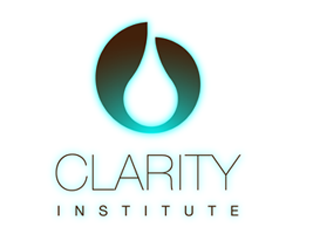NLP Experts Speak Out
“A few months ago I wrote an article based on a recent study I read in a peer reviewed journal (A Simple Mind Trick That Reduces Emotional Pain). I quickly started getting (slightly) annoyed comments (both via Psychology Today and my website) from members of the Neuro Linguistic Programming (NLP) community claiming the same technique had been described by NLP researchers decades ago. Neither I nor the article I quoted attributed credit to the NLP version of the technique.
Admittedly, despite having a Ph.D. in clinical psychology, I know very little about NLP, so I looked up the technique and indeed, a very similar version had been reported by NLP practitioners decades ago. My bad!
Therefore, to be fair, I decided to offer those who had written to me a forum to present some of their techniques as a way of offering ‘equal time’. Do note that I have no experience with NLP, I do not practice it, and I have never studied it, which means of course, I can not endorse it, despite the fascinating submissions below. Also, keep in mind that I asked the NLP experts to submit very short and abbreviated descriptions, as I wanted to squeeze in as many viewpoints as possible. I did try to include many links to more lengthy articles and even videos, for readers to get a more in-depth understanding, should they choose to do so.
Seven NLP Experts Present Their Techniques
1. Resolving Simple PTSD by Richard Gray
Reconsolidation of Traumatic Memories (RTM) involves a brief, non-traumatizing access to the triggering stimulus, followed by an imaginal, distanced viewing (from the perspective of the projection booth in an imagined theater) of a B&W movie of the event (to further limit its impact). A second part of the process involves a very rapid, associated re-experience of the movie in full color, in reverse, ending in a safe place before the traumatic event. Anecdotal and clinical evidence supports the permanent removal of intrusive, hypervigilant and avoidant symptoms in 75 to 85% of clients.
First named The Visual Kinesthetic Dissociation technique, it was described by Bandler and Grinder as a phobia cure in 1979. An expanded version of the procedure, now described explicitly as a treatment for PTSD, appeared in Heart of the Mind (Andreas & Andreas, 1989). The technique has significant anecdotal and clinical support including its application to survivors of the Rwandan genocide.
References:
Treating Traumatic Memories in Rwanda with the Rewind Technique:http://media.wix.com/ugd/d3fa30_d07facda8a3748568c826af22e2f5783.pdf
Andreas, C. & Andreas, S. (1989). Heart of the Mind. Boulder, Co: Real People Press
Bandler, R., & Grinder, J. (1979). Frogs into Princes. Boulder, Co: Real People Press.
http://www.researchandrecognition.org/”








